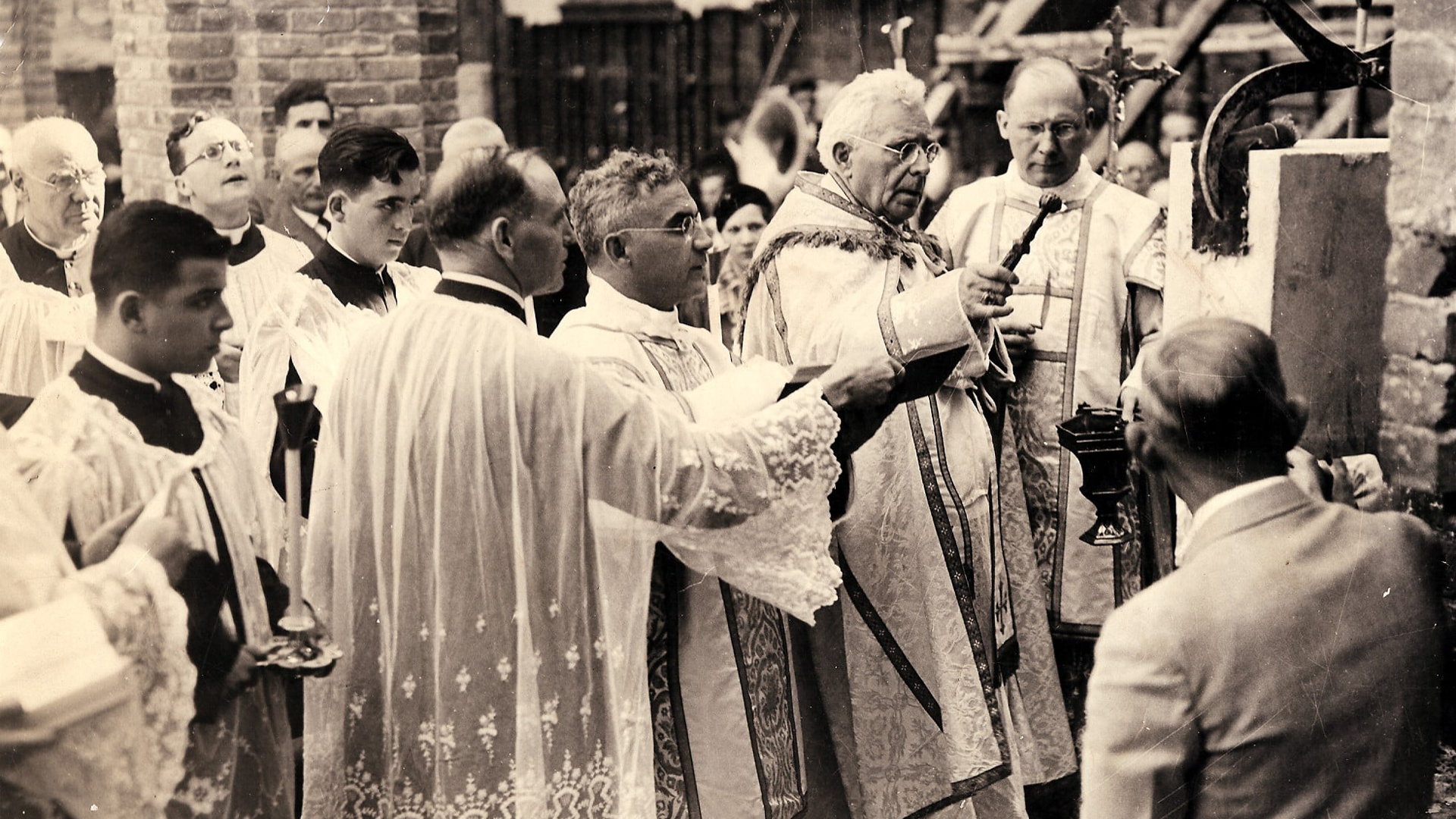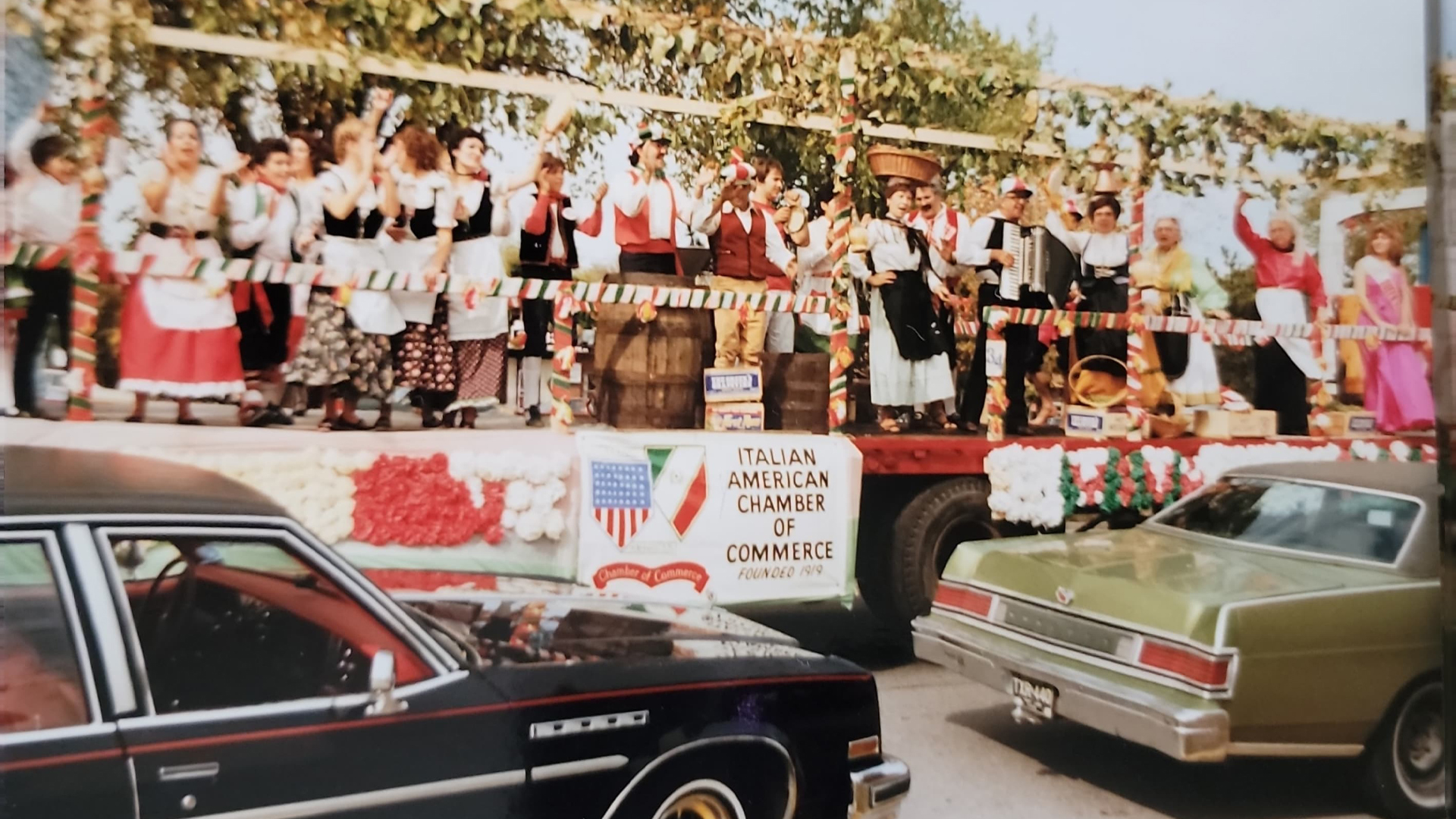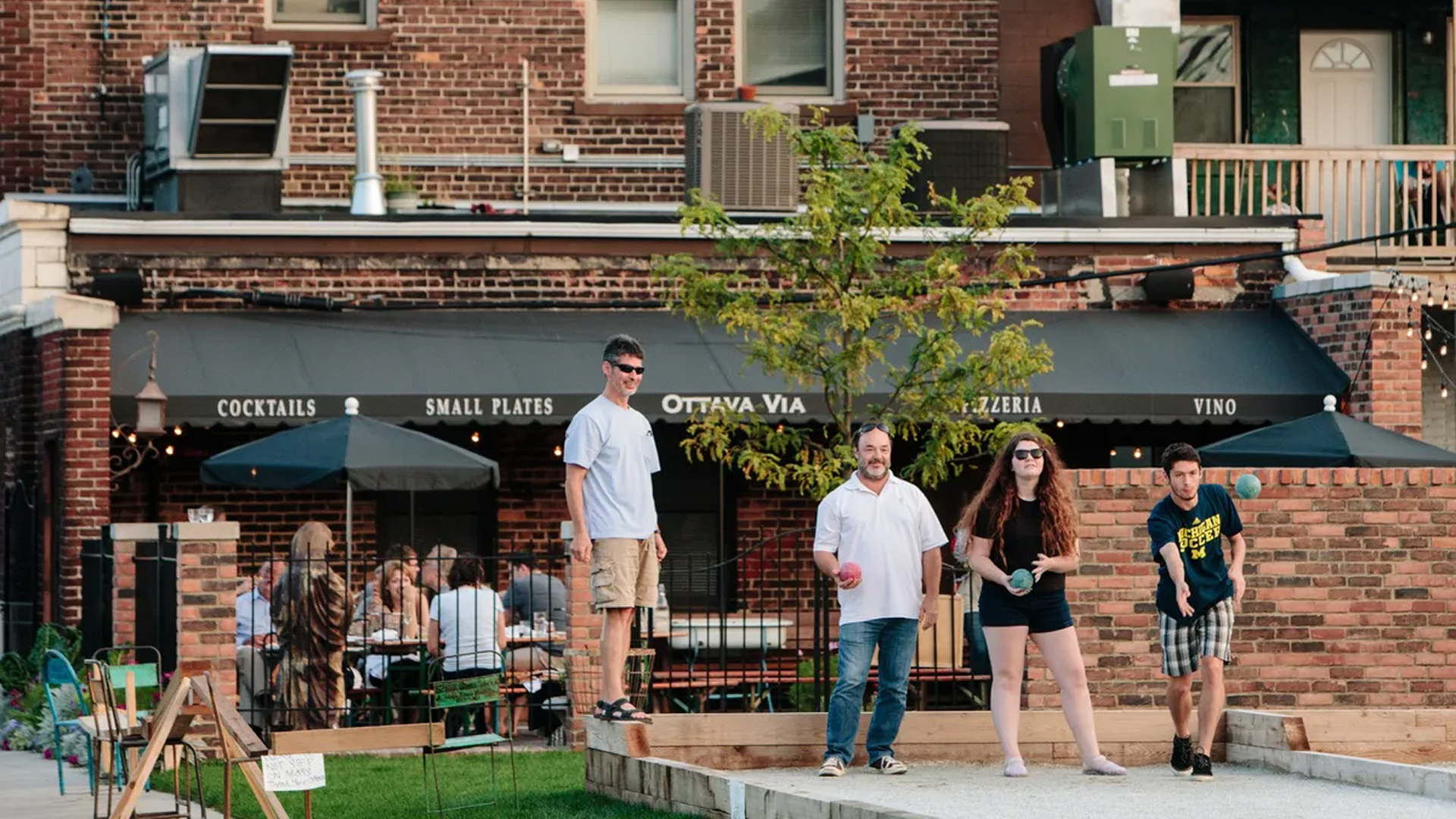For more than 350 years, Italian immigrants have played an important role in the opening and development of Detroit, Michigan, from their participation in the French fur trade up to the present day. People of Italian descent have been present in Michigan's “Motor City” since Alfonso Tonti, second-in-command to Antoine Cadillac, participated in the founding of the city in 1701. By the end of the 19th century the slow drip of Italian immigration turned into a mass of thousands of immigrants rushing to the growing industrial center.
Italian History in Detroit

Italian immigrant history can be traced back to 1701 when Cadillac was founded in Detroit. With the new and booming automotive industry, Italians were drawn to Michigan as it was the new frontier for opportunity. By 1925, the Italian population swelled to 40,000 in the Detroit metro area. The development of Italian enclaves proved to be unique in Motor City compared to other East Coast cities that created Italian neighborhoods with specific identities. In Detroit, there was not a dominant group of Italians from a particular Italian region, like Naples or Sicily, but rather a mix of Italians from across the peninsula.
Around the year 1900, a wave of Southern Italian and Sicilian immigrants arrived in northeast Detroit. Like most budding Italian enclaves, Detroit was in need of an Italian church to serve the growing population. In 1907, Father Giovanni Boschi arrived in Detroit and began a building campaign. In 1908, Bishop John S. Foley named the church “La Chiesa Della Sacra Famiglia,” or the Church of the Holy Family. Land was purchased on Hastings Street and in 1909, construction on the church began. The church construction was inspired by Italian Renaissance-style architecture to remind parishioners of Italy. The first mass was held on November 13, 1910.

In the early 20th century, there were two Italian newspapers in Detroit: La Tribuna Italiana d'America and La Voce del Popolo. La Tribuna was pro-Benito Mussolini and La Voce was anti-Mussolini. In addition another paper, L'Avvenire, had been established by 1937. Voce published stories about Italian and American affairs and European viewpoints. The report “Ethnic groups in Detroit” stated that Voce had an "independent point of view" and that it was "said to be the only Italian paper carrying on a campaign against the underworld." La Tribuna encouraged political organization among Italians to increase the community's political clout. L'Avvenire focused on politics and advocated for a compact political group representing the Italian community. The Italian Tribune, which was founded in 1909, became a weekly newspaper until 2004.
During World War II, Fort Wayne in Detroit served as home to Italian prisoners of war (POWs) who were captured during the North African Campaign. After Italy's surrender in September 1943, the POWs found work opportunities as servants, cooks, and janitors. At the end of the war many Italians chose to remain and settle in Detroit. As of 1951, Detroit grew to be the home of nearly 150,000 Italians.
Italian Enclaves of Detroit

The historical center of Detroit's Italian-American community was in an area along Gratiot Avenue, east of Downtown Detroit. During that period, Italian immigrants and their children lived throughout the Detroit metro area, and several neighborhoods had concentrations of Italian immigrants. Eastern Market is a neighborhood of the city, bordered on the south by Gratiot Avenue, and sometimes referred to as the “Little Italy” of Detroit.
Eastern Market was also home to the original San Francesco Catholic Church at Rivard and Brewster Streets. In late 1966, the church was sold by the Archdiocese when it was condemned to make way for the Chrysler Freeway. The new San Francesco Church is currently located in Clinton Township. The Eastern Market was also home to the first Italian Presbyterian Church called Italian Baptist Church of Our Savior.
The neighborhood saw immigrants from Genoa, Lombardy, and Sicily. However, many Italians decided to leave for northern Michigan where there were more work opportunities in the mines.
Festa Italiana is one of the most important and well-loved Italian American traditions in Detroit. It’s an annual 3-day festival, which hosts more than 40,000 guests each year. The festival was first organized around 1970 by the Italian American Chamber of Commerce of Michigan. Originally the event was hosted along Atwater Street in downtown Detroit but was moved to Hart Plaza on the waterfront in 1975. Festa Italiana hosts local food and national talent on the famous Lucido Family Stage. In 2019, the Festa organizers hosted flag throwers from Sbandieratori Ducato Caetani Citta di Sermonata, a group from Italy that take part in international folklore festivals.
Italians in Detroit Today

The National Italian American Foundation (NIAF) estimated that in 1990, the Detroit metro area had 280,000 ethnic Italians. Detroit has its own diplomatic mission to Italy. The Consulate of Italy in Detroit provides services to Indiana, Kentucky, Ohio, Tennessee, and of course, Michigan. Detroit may not have a "Little Italy" neighborhood, but the community of Italian-Americans is still large, and along with the Consulate, there are still many events showcasing Italian heritage throughout the city throughout the year. As of 2005, the closest remaining large Little Italy near Detroit was Via Italia, actually located in nearby Windsor, Ontario where there are a group of remaining Italian shops and restaurants.
AJ Forrisi
Assistant Editor for America Domani, AJ Forrisi is a Brooklyn-based writer and photographer. His work focuses on food, travel, sports, landscapes, and urban scenes. You can find him on Instagram @aj.photo.works.

